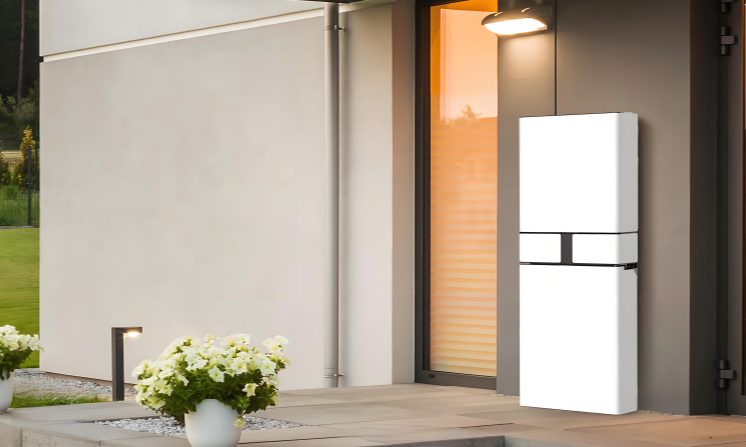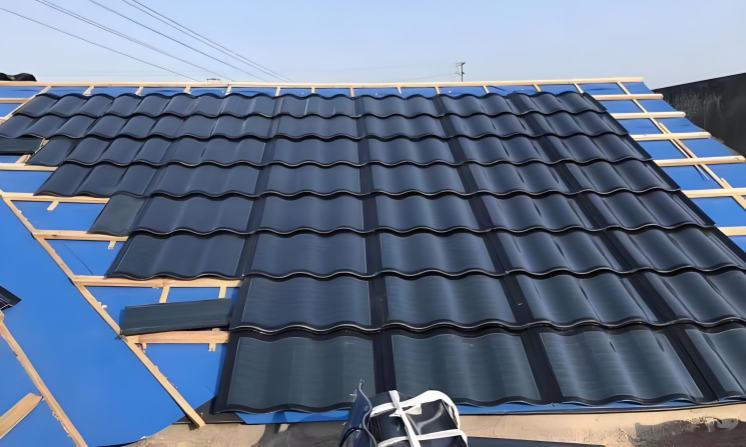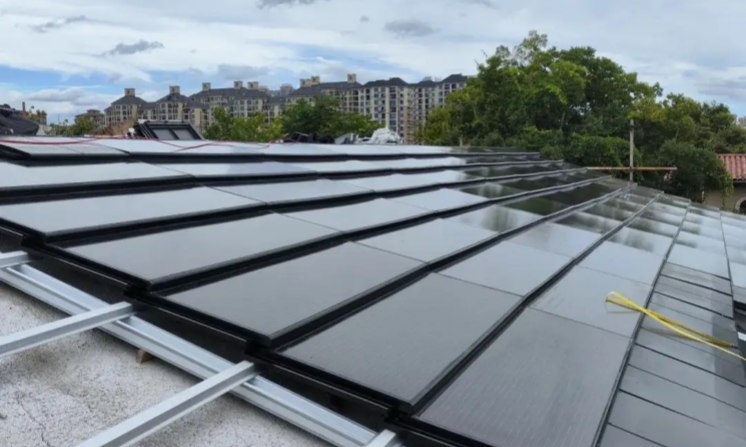What is a BIPV system?
Sep 20, 2024
With the rise of green building concepts and the development of renewable energy technologies, Building-Integrated Photovoltaics (BIPV) is becoming an important part of sustainable energy solutions for future cities. As a manufacturer focusing on the research and development and application of energy storage technology, GreenMore is committed to providing efficient, safe and intelligent energy storage solutions for BIPV systems.
This article will analyze for you from a professional perspective: What is a BIPV system? What are its advantages? And the key role played by the energy storage system in it.
1. Definition of BIPV system
BIPV is a building-integrated photovoltaic power generation system. Different from the traditional photovoltaic system installed on the roof or ground, BIPV integrates solar cell modules directly into the structure of the building, such as the roof, curtain wall, windows, sunshades, etc., so that it has both power generation function and architectural aesthetic characteristics.
In short, BIPV is not only a power generation system, but also a part of building design.
Material-level integration: BIPV components must meet the specifications of building mechanics, fire protection, waterproofing, etc. For example, the use of 1156mm wide aluminum-zinc-magnesium trapezoidal tiles and 1134mm wide photovoltaic components without rail fixing technology, through hidden screws and waterproof gaskets to achieve zero roof seepage, wind resistance of 376 kg, and life span of the same frequency as the building.
Photoelectric conversion path: Monocrystalline silicon cells (efficiency 22%-25%) and cadmium telluride thin-film cells (strong response to weak light) are combined according to the scene to achieve an adjustable light transmittance of 10%-50% for the building facade. The four-way ventilation design under the components improves the power generation efficiency by 8%-12% compared with the traditional BAPV system.
System architecture: The grid-connected BIPV system consists of photovoltaic modules, combiner boxes, high-frequency inverters, energy storage batteries and smart meters. Among them, the high-frequency inverter converts direct current into pure sine wave alternating current to achieve grid parallel or off-grid switching.
2. Core features of BIPV system
Versatility
BIPV components are not only used to generate electricity, but also undertake the functions of traditional building materials, such as heat insulation, sun shading, lighting, waterproofing, etc.
Save space
Since photovoltaic panels are directly integrated into the building structure, no additional land resources need to be occupied, which makes them particularly suitable for densely populated urban areas.
Improving building energy efficiency
Through reasonable design, BIPV can significantly reduce the overall energy consumption of buildings and improve energy self-sufficiency.
Green and Environmentally Friendly
Utilizing solar energy, a clean and renewable energy source, can reduce carbon emissions and meet the requirements of the “dual carbon” goals.
3. Typical application scenarios of BIPV systems
Commercial buildings
BIPV components can be integrated into the exterior walls, glass curtain walls and roofs of large public buildings such as office buildings, shopping malls and convention and exhibition centers.
Residential buildings
Villa roofs, balcony sunshades, awnings and other locations can be used to install beautiful and efficient photovoltaic components.
Infrastructure
Infrastructure such as bus stops, parking lot roofs, and rail transit stations can also use BIPV systems to generate electricity for their own use.
Industrial Plant
The factory building has a large roof and facade area, which is very suitable for deploying BIPV systems and combining them with energy storage systems to achieve closed-loop management of green electricity in the factory.
4. The role of energy storage system in BIPV
Although BIPV can generate electricity during the day, its power supply is intermittent and fluctuating, and cannot meet the power demand around the clock. Therefore, in modern BIPV systems, energy storage systems are becoming indispensable.
Improve energy utilization: Store excess photovoltaic power generated during the day and use it at night or on cloudy days.
Enable off-grid/hybrid operation mode: Enhance system independence and reliability, especially for remote areas or environments with unstable power grids.
Reduce peak loads and fill valleys to save electricity costs: In commercial scenarios, energy storage systems can help users avoid using electricity during peak electricity price periods.
Intelligent management and remote monitoring: Real-time monitoring of power generation, storage and consumption through the Energy Management App.
GreenMore provides a variety of energy storage products suitable for BIPV systems, including:
Wall-mounted energy storage battery: saves space, suitable for homes and small offices;
Stacked energy storage battery: modular design, easy to expand and upgrade;
Commercial battery energy storage cabinets: suitable for centralized energy management in large buildings and industrial parks.
5. How to build a complete BIPV+energy storage system?
Evaluate building conditions and lighting resources: determine factors such as available area, orientation, and shadowing.
Choose the appropriate BIPV component type: such as translucent type, semi-translucent type, color photovoltaic panels, etc., taking into account both aesthetics and efficiency.
Configure high-performance inverters: Select grid-connected inverters or hybrid inverters according to the system scale.
Use GreenMore energy storage system: Select energy storage batteries with appropriate capacity according to the average daily power consumption and load curve.
Access to the intelligent energy management system: realize automated scheduling and optimization of power generation, storage and consumption.
The BIPV system represents the direction of future building energy transformation - deeply integrating clean energy technology with architectural design to create a greener, energy-saving and intelligent urban environment. The energy storage system is the key link in achieving energy balance and efficient utilization in this system.
GreenMore will continue to promote innovation in energy storage technology and provide reliable, efficient and flexible energy storage solutions for various BIPV projects. Whether it is a family residence, commercial building or industrial plant, we can customize the most suitable energy storage system according to your actual needs to help you move towards a zero-carbon future.
If you are planning a BIPV project and want to learn how GreenMore energy storage products can empower it, please visit our official website www.gmsolarkit.com or contact a professional consultant (email: export@gmsolarkit.com) for detailed information.






 Network Supported
Network Supported